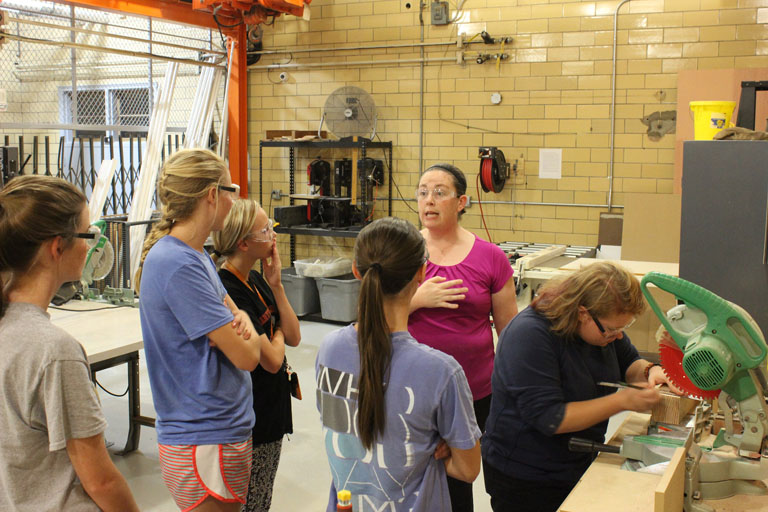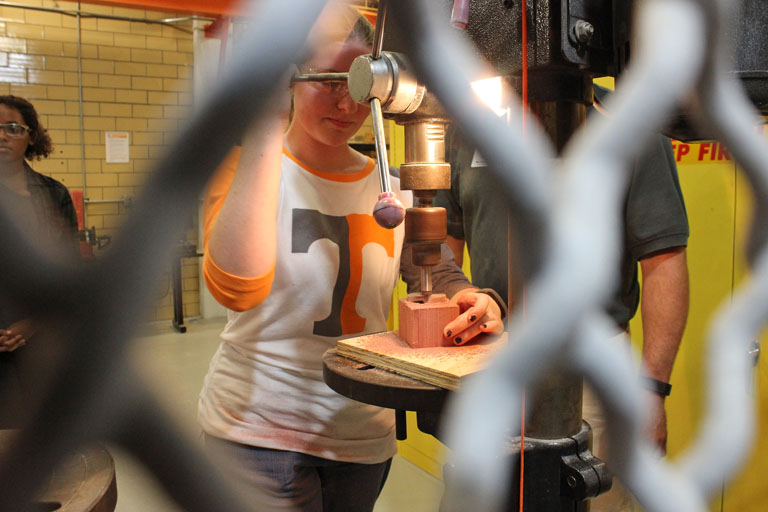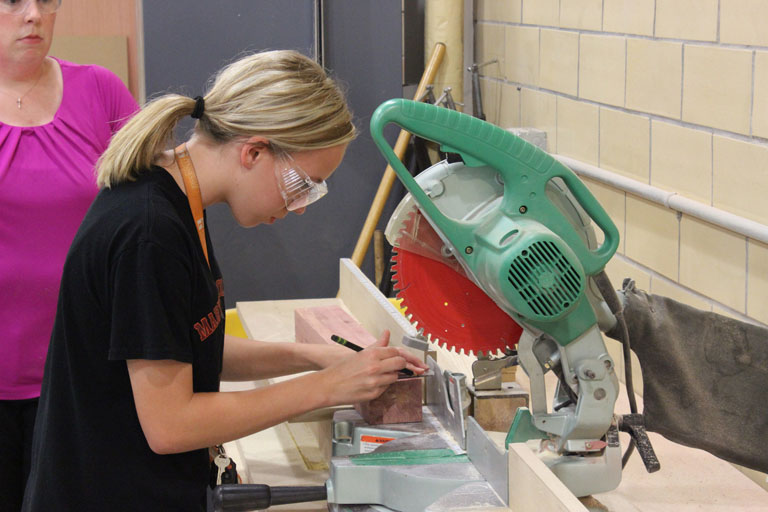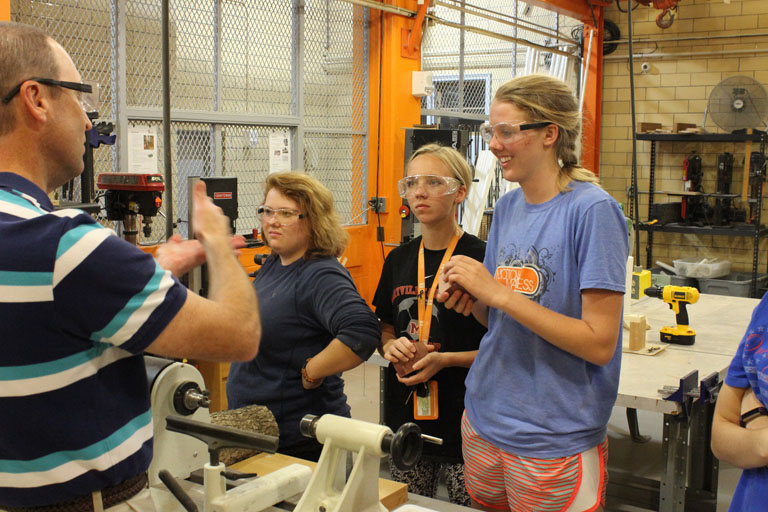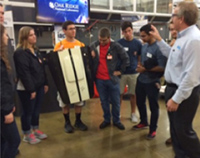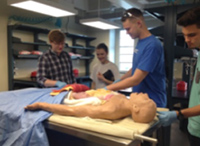A member of the Tickle College of Engineering faculty will have a chance to shape engineering education, thanks to an invitation from the National Academy of Engineering, the premier engineering group in the United States.
Rachel McCord, a lecturer in the college’s Engineering Fundamentals Division, was selected to attend the NAE’s seventh Frontiers of Engineering Education (FOEE) symposium in Irvine, California, October 25–28.
There, she and other engineering educators selected from nominations given by deans and academy members will get together to discuss research, teaching techniques, and ideas.
For McCord, the chance to attend the symposium with other leading engineers is an honor but also an opportunity provided by nominations from Tickle College of Engineering associate deans Masood Parang and Veerle Keppens.
“This symposium will be a great chance for me to get to talk with and get feedback from other educators about a project I’m working on for engineering student success,” she said. “Several of the attendees listed also do work in that area, so this symposium could lead to potential collaborations in the future.
“It will also be a great opportunity to hear about what others are working on in order to bring back some innovative techniques to use here at UT.”
McCord and the other participants were chosen by the NAE for “developing and implementing innovative educational approaches.” McCord has a background in engineering education, giving her particular insight into the symposium.
After sharing concepts and approaches, they will return with an agreed-upon charter to implement those changes at their home institutions.
“Faculty not only need to update their course content but also their delivery approach so as to better engage today’s students,” said Darryll J. Pines, dean of the A. James Clark School of Engineering at the University of Maryland and chair of the FOEE Advisory Committee.
McCord’s position within the college puts her in a key position to bring about that change.
The Engineering Fundamentals Division, and particularly its Jerry E. Stoneking engage™ program, connects with students in their freshman year—the prime moment to influence their later success.
“My hope is that this symposium will help me further develop the work I’ve been doing in supporting engineering student success in the first year,” said McCord. “That way, our EF students can be academically successful throughout their entire career here at UT.”




